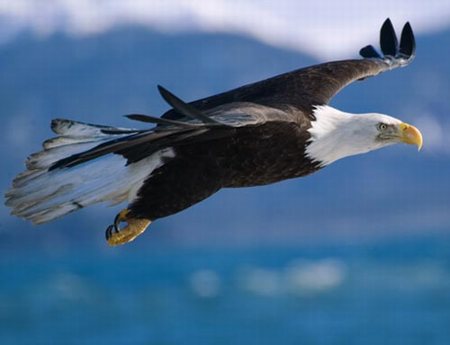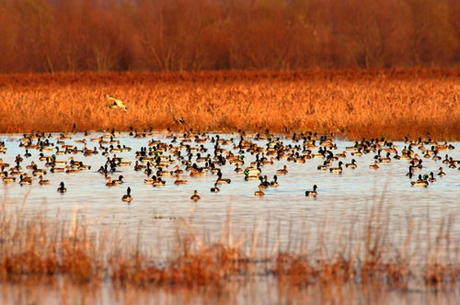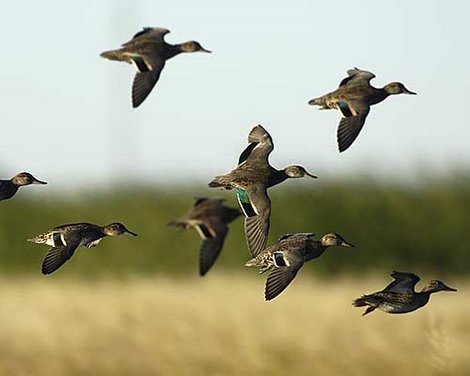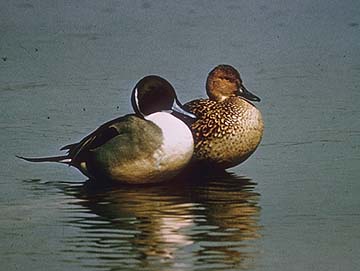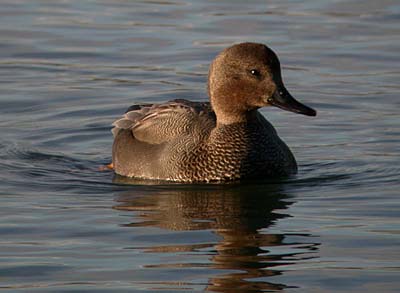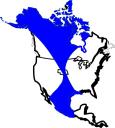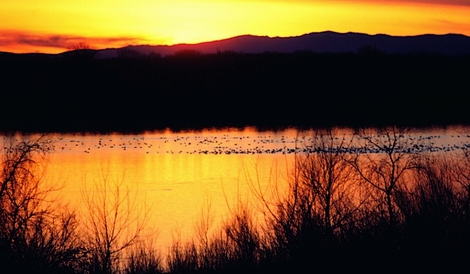
Ducks abound in the Highland Lakes area, and are found, basically, in two varieties — the puddle duck and the diving duck. According to Derrick Wolter, wildlife biologist with Texas Parks & Wildlife Department, the puddle duck species include mallard, gadwall, wigeon, blue-winged teal, green-winged teal, shovelers, and pintail. Diving ducks include ring-necked, lesser scaup, greater scaup, canvasback, redheads, and buffleheads.
Probably the best known of the puddle ducks in this area are the mallards, pintails, blue-winged teal, and green-winged teal. Puddle ducks are so named because of their feeding habits. These waterfowl prefer to dine on submerged vegetation in shallow puddles or along the shores of lakes and rivers in water no deeper than about 12-inches.

Puddle ducks feeding in shallow water
Their diet, in addition, includes lots of seeds — from corn, wheat, bulrushes, wild rice, primrose, willow, water elm, oak, hackberry and other trees along streams. And they also dine on mollusks, insects, small fish, tadpoles, freshwater snails, and fish eggs. Continue reading Ducks Found in the Highland Lakes of Central Texas
